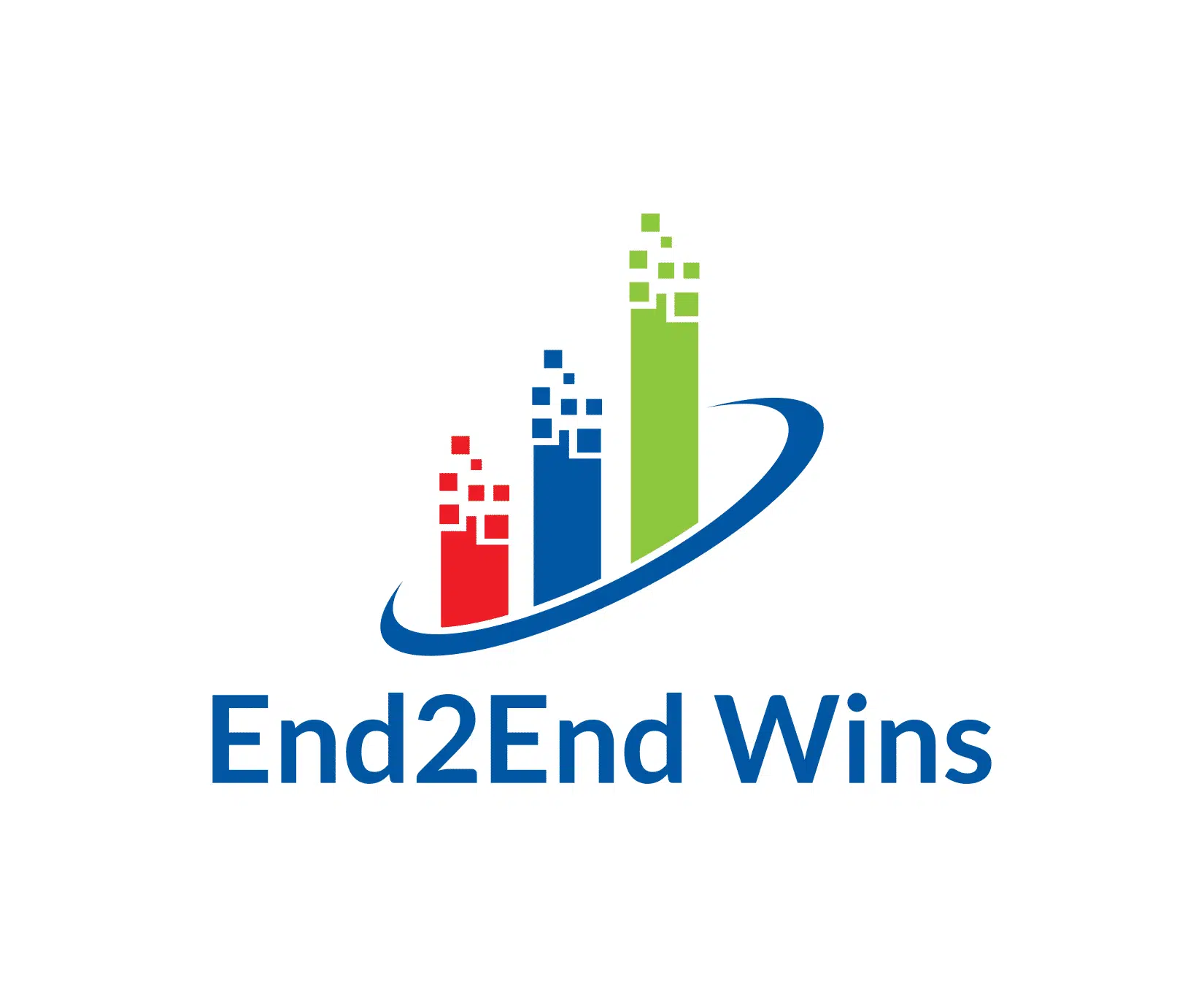I am blessed to sit in a unique position in the world of work and talent strategy. I help organizations develop leaders that inspire high employee engagement and improve communication and teamwork. In addition, I also assist individuals and executives with career transition. I literally sit at the intersection of great organizations looking for talent and great talent looking to land at organizations. As a result, I gain keen insight into the challenges faced by each constituency. I hear many different perspectives, experiences, and challenges, and I adapt and tailor my services accordingly. In short, I can be a better value-add to both constituencies by maintaining “first-hand” awareness of the challenges each one faces. In this article, I will share what I see as one of the biggest challenges in the hiring process.
I have assisted hundreds of individuals in various degrees with their career transitions. Whether the person is looking to land back in an individual contributor role or return to the C-Suite, the most common question I hear is, “why does it take so many interviews for a company to choose a candidate?” The multiple interviews are painful for the job candidate but even more painful for the hiring organization, especially when the organization invests time and energy in a candidate, and the person accepts a job elsewhere. It happens a lot, but it doesn’t have to be this way.
According to one of Indeed’s FAQ pages on interviewing, it takes on average two to three interviews for a company to select a candidate. Of course, the number of interviews varies depending on the specific role – some roles are filled with one interview while others may take three or more. Individuals and executives going through career transition generally expect multiple rounds of interviews, especially for higher-level positions. However, it is becoming more common for me to see candidates going through four, five, six, and even more rounds of interviews. As a former CEO and CFO, I get it. A wrong hiring decision can be costly, so organizations resort to multiple rounds of interviews as a countermeasure to reduce the risk of a bad hire. Unfortunately, numerous rounds of interviews also have significant costs to the organization.
A few weeks ago, I was helping a candidate who had gone through six rounds of interviews with “Company A.” Yes, six rounds of interviews for a mid-level individual contributor role! The candidate also was interviewing at other companies within the same industry. After the third interview at “Company B,” the candidate received an attractive offer and accepted it. Coincidentally, Company A extended an offer the next day. I kid you not. The candidate declined the offer and let Company A know they had accepted an offer at another company. Company A had expended weeks of energy on the person, and probably pulled multiple leaders away from other pressing matters, only to miss out on landing a very talented individual. Even worse for Company A, the candidate landed at one of their competitors. So again, the $64,000 question is, “why does it take so many interviews for a company to choose a candidate?”

The Indeed FAQ lists six reasons why companies may hold multiple rounds of interviews before filling an open position. I have also done my own first-hand research with organizations and individuals and have heard many of the same reasons. In other words, the feedback from my first-hand research is in sync with Indeed’s findings. Indeed lists the six reasons as (1) verifying credentials, (2) determining job capability, (3) confirming their choice, (4) obtaining multiple perspectives, (5) learning more about personality, and (6) restarting due to missing out on the first choice.
There is a common denominator that spans the majority of the six reasons. That common denominator is the lack of data, specifically psychometric data. Leaders generally have to make many hiring decisions based on their gut instinct. Allow me to elaborate further. When a leader is looking to fill a position, they consider various factors such as a candidate’s educational background, work experience, certifications, awards, declared skill sets, industry knowledge, familiarity with specific technologies, etc. Many of these factors are verifiable through some form of first- or third-party data. However, those are not the only factors that drive the hiring decision.
Organizations and hiring managers are equally concerned about job fit and how well a candidate’s behavioral tendencies will “fit” with the hiring manager’s team and cross-functionally with other groups. Trying to assess a candidate’s job fit and behavior tendencies typically includes much guesswork and gut instinct. Most hiring managers don’t have many options other than gut instinct as they generally lack the type of data to answer those behavioral questions. Plus, hiring managers are keenly aware of three things:
- a “bad hire” can have severe repercussions on a team and organization in many ways;
- a “bad hire” can be expensive to replace, especially if the company has invested months of training and onboarding efforts into the candidate;
- most of the “bad hires” occur because the candidate was not a good behavioral fit for the job, team, or organization.
What is a hiring manager to do? The hiring manager typically puts the candidate through several interviews to obtain multiple “gut” perspectives from key stakeholders. Consequently, the hiring process is elongated, and the organization may miss out on a top candidate because they moved too slowly.
As a former executive of a large enterprise, I recall being in the same scenario I mentioned earlier. We would be looking to fill some positions, and we often would put the candidates through multiple rounds of interviews, depending on the role. Why did we do it? It was for the same reasons I mentioned previously. Our talent strategy included multiple rounds of interviews because we didn’t have data that could predict if a candidate’s behavioral tendencies were a good job fit or if the person would be a good fit with the team. Therefore, we did what every other company does – we had multiple people conduct interviews and provide their opinions (or express their gut instinct). We were still operating without data, but we felt better about hiring the candidate because we had collected multiple perspectives. But, we also lost out on key talent in many cases because of the numerous rounds of interviews.
Conducting multiple rounds of interviews is not a panacea; at least, it wasn’t in our case. Even after numerous interviews, we sometimes would later realize the person we hired (based on the interview) was not the same person we met during the interview. In other words, candidates generally portray their best image in the interview, and leaders may hire the person based on a false read, despite multiple interviews. That definitely happend in our organization.
Talent Optimization Can Accelerate Your Talent Strategy
At the beginning of the article, I said that I have the answer to the problem of losing out on top candidates due to conducting multiple interviews. The answer is to utilize the discipline of talent optimization and specifically The Predictive Index (PI). Prospective job candidates can complete the PI behavioral questionnaire in less than six minutes. The organization can use a candidate’s behavioral profile as a data point in the hiring process and bring more science-based objectivity to hiring decisions. Imagine a hiring process with two or fewer rounds of interviews and with more objectivity and successful hires. Imagine knowing if a candidate will be a good behavioral fit with the job and team. PI can do all of that for you! PI can also help an organization assess cognitive fit of a candidate.
I am a huge proponent of talent optimization and PI. Yes, I am a Certified Partner, and I offer the services as part of my consulting practice, so I should be a huge proponent. But I am a proponent because the solution truly solves many of the most significant issues organizations face. Given my servant-leader approach, I place significant value on having practical and helpful solutions that I can provide to organizations. As a talent optimization consultant, I can utilize the PI platform to provide a data-driven and science-backed approach to help organizations better manage their talent. I can help your organization align your talent strategy with your business strategy to achieve optimal results.
There are many talent strategy use cases for PI but I generally classify them into four high-level areas:
- Designing teams to ensure an organization has the right team structure that is best suited for the business strategy, and that the team composition includes an appropriate mix of talent;
- Establishing job descriptions that align with the team and business strategy, and selecting candidates that are a good job fit based on cognitive and behavioral attributes;
- Improving leadership effectiveness by developing inspiring leaders that motivate their talent thru tapping into the unique factors that motivate each individual and team;
- Having measurements in place to validate the effectiveness of a talent strategy and identifying emerging issues before they become big problems.
If you are not familiar with the discipline of talent optimization, you owe it to yourself to check it out. You are welcome to reach out to me as I am willing to answer any questions. You will not be disappointed! You can also take the PI behavioral questionnaire to learn more about your behavioral profile. It takes less than five minutes to complete, and respondents are amazed at the accuracy of the results.
I have a passion for helping others develop their communication and leadership skills. My firm helps organizations grow their leaders, increase employee engagement, and improve teamwork for optimal results. Please feel free to reach out to me via LinkedIn or contact me via my website at https://end2endwins.com if you want to learn more about my services and workshops.

